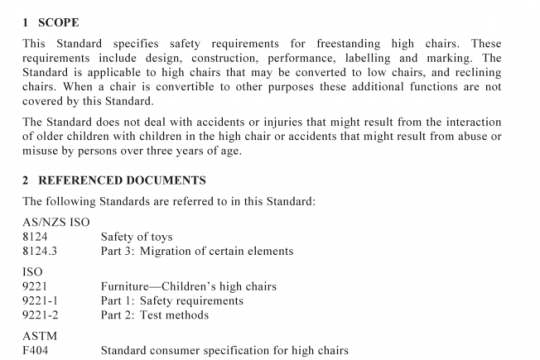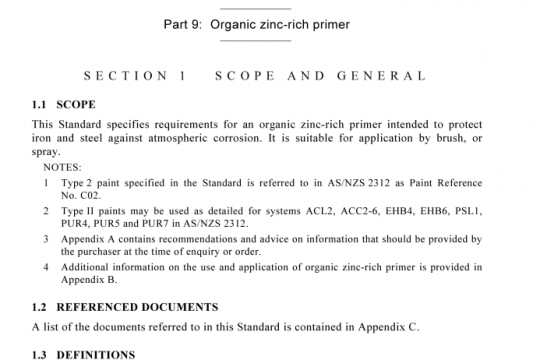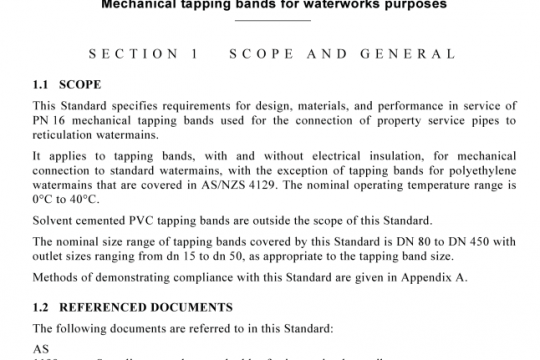AS NZS 3580.1.1:2016 pdf free
AS NZS 3580.1.1:2016 pdf free.Methods for sampling and analysis of ambient air
Ambient air is a heterogeneous system containing concentrations of pollutants which vary with both space and time. In fulfilling the objective(s) of an air monitoring program, the influence of factors which affect pollutant concentrations shall be considered. These factors also need to be considered in any determination of the type of data and the location at which it should be obtained.
Horizontal wind (speed and direction and the vertical distribution of both these components) and vertical mixing (atmospheric stability, mixing height) have profound influences on distribution of ambient pollution concentrations,These meteorological parameters vary significantly over distance (in tens of metres) and time (in hours or less).
This variability needs to be taken into account when determining sampling averaging times,siting of monitoring equipment and positioning of the sampling inlet.Factors like atmospheric stability, precipitation and solar radiation vary over the long term (throughout the year and from year to year) and can influence pollutant levels. Frequency and variability of climatic influences may be especially important in determining trends in pollutant levels and occurrence of‘worst case’episodes. Furthermore, some pollutants are seasonal in their importance, e.g. elevated ozone levels in summer because of increased sunlight, or they exhibit higher levels at particular times of the year, e.g. levels of nitrogen oxides peak in winter. Climatic influences may determine length or intensity of an air monitoring program including the number of sampling sites required. Some types of monitoring may only be required at certain times of the year but will often need to be conducted at a number of sites to obtain the desired data.
Dispersion of pollutants can be significantly altered by local topographical factors. Valleys tend to channel wind flow along their axes, restrict horizontal dispersion and increase the likelihood of inversion formation. Shorelines tend to produce frequent changes in airflow due to variation in relative temperatures of the air, land and water. Hilly and mountainous terrains tend to introduce complexities into airflows producing a range of effects. The siting ;and numbers of air monitoring equipment needed for a monitoring program may, for some areas, be especially influenced by these topographical factors. They may increase or decrease the incidence of extreme values measured. They may determine where a sampling unit should be sited and where it may be unnecessary to site air monitoring equipment.AS NZS 3580.1.1 pdf free.




